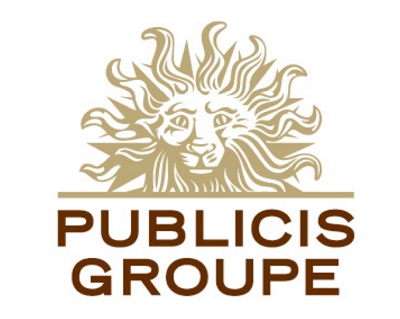Real estate market review in 2020: A peak for investments – almost 10% of the region’s volume, fluctuations in the other sectors. 2021 – year of recovery
Romania is preparing to close probably the most difficult year for the local economy after the 2009-2010 recession, but results surpassed the pessimistic expectations seen during the spring period. 2020 was one of the peaks of the current economic cycle in terms of investments in commercial real estate assets, according to Colliers International. The industrial and logistics sector had another very good year, and in the office sector we can already see some positive signals, despite a decrease in rental activity that is forecasted to be in the area of 40%. Looking ahead, 2021 is expected to be a year of recovery, but questions remain with regards to the speed and way it will happen.
Laurențiu Lazăr, Managing Partner at Colliers International
„The year that is just ending has not been as bad as it looked like back in spring, though we are somewhat apart from the forecasts made at the beginning of the year. It was a very good year for the investment area, in line with initial expectations. And, although the market has a certain inertia – so probably 2021 could be a little weaker in terms of investment – 2020 confirmed that Romania has the potential to punch above its current weight at the regional level”
The real estate investment market will close this year with a volume in the area of 900 million euros (up by c.40% over 2019), which is the equivalent of about 9% of the estimated volume for the 6 largest countries in Eastern Europe, almost double compared to the 4.7% share that Romania had in 2019. At the same time, the industrial and logistics market will close another very strong year, after 9-month lease transactions exceeded by almost a third the volume of the same period last year, approaching 400,000 square meters. The stock is underdeveloped compared to the real needs of the Romanian economy, which suggests that there is much room for growth in the coming years in this regard. The strong growth of consumption throughout the country, in parallel with an even greater dynamic of online commerce, will be strong anchors from this point of view, according to Colliers specialists.
Offices and malls, the Cinderellas of 2020. Online commerce, growth driver in 2021
The office sector was among those more severely affected by the pandemic, considering that most employees worked from home for a long time. Offline retail also suffered, after many commercial spaces were temporarily closed during the state of emergency. A stronger integration of online commerce with more traditional channels is coming, which will change the retail market over time.
Laurențiu Lazăr
“The office and retail sectors have been affected by the evolution of the Covid-19 pandemic, but even here we see some positive signs. In absence of major shocks to the labor market, consumption has already returned to pre-pandemic levels, while for the office sector, recent months have strengthened the belief that, in most cases, it is not possible to work from home constantly and in the very long run. The vaccine gives us hope that, in these two sectors, things will return to normal to a fairly large extent”
The office and retail vacancy rates will increase, with the former continuing the trend of 2020 when the market reported a decrease in demand for new spaces, of 40% in the office segment, especially since almost 300,000 meters square are expected to be delivered in 2021 in buildings under construction, double compared to 2020. Moreover, it is possible that an important number of companies will reduce their occupied areas in order to accommodate a permanent remote work approach. However, even in these sectors, the stock in Romania is much underdeveloped, so that rising vacancy rates can be successfully absorbed by the market over time.
Laurențiu Lazăr, Managing Partner at Colliers International.
“2021 is expected to bring many challenges, but so far we have had enough signs that indicate that scenarios from 2009-2010 will not repeat at all. These signs include the much faster return of multiple macroeconomic indicators, as well as the high confidence of foreign investors and banks in the local economy “






